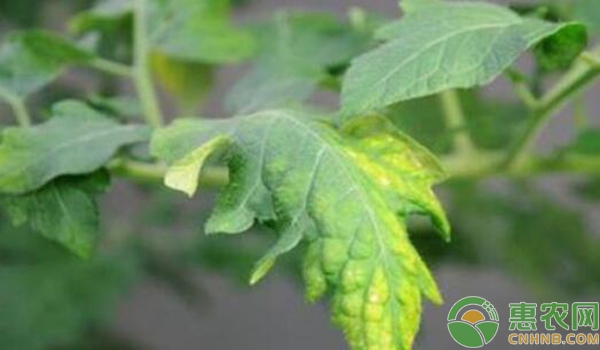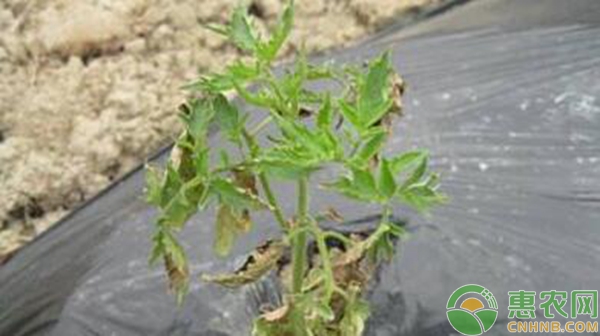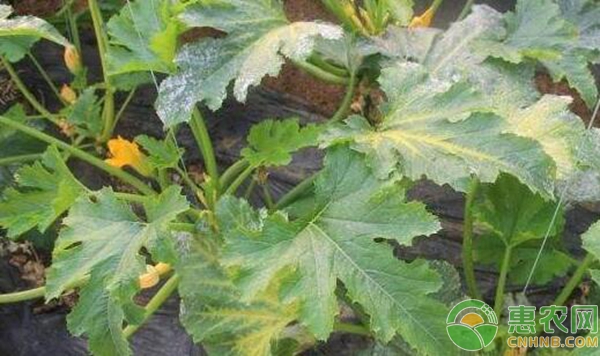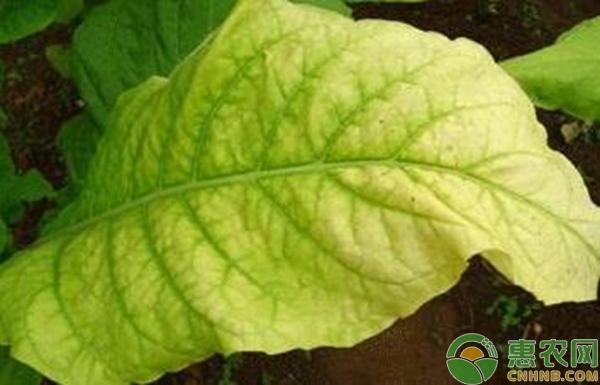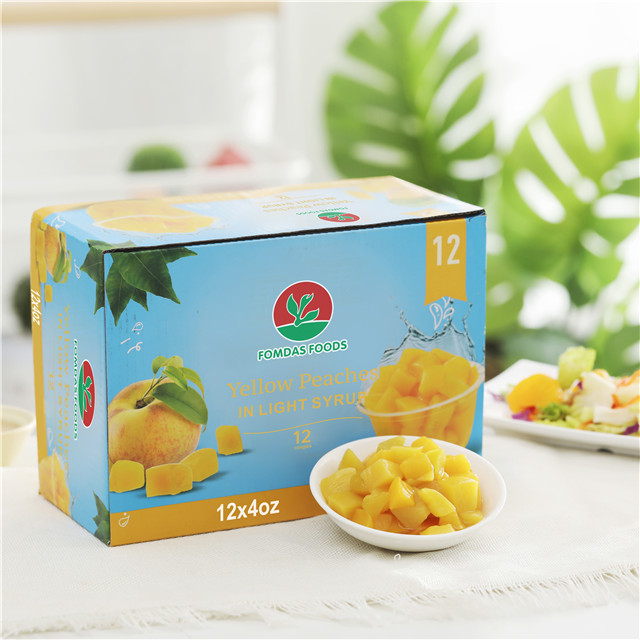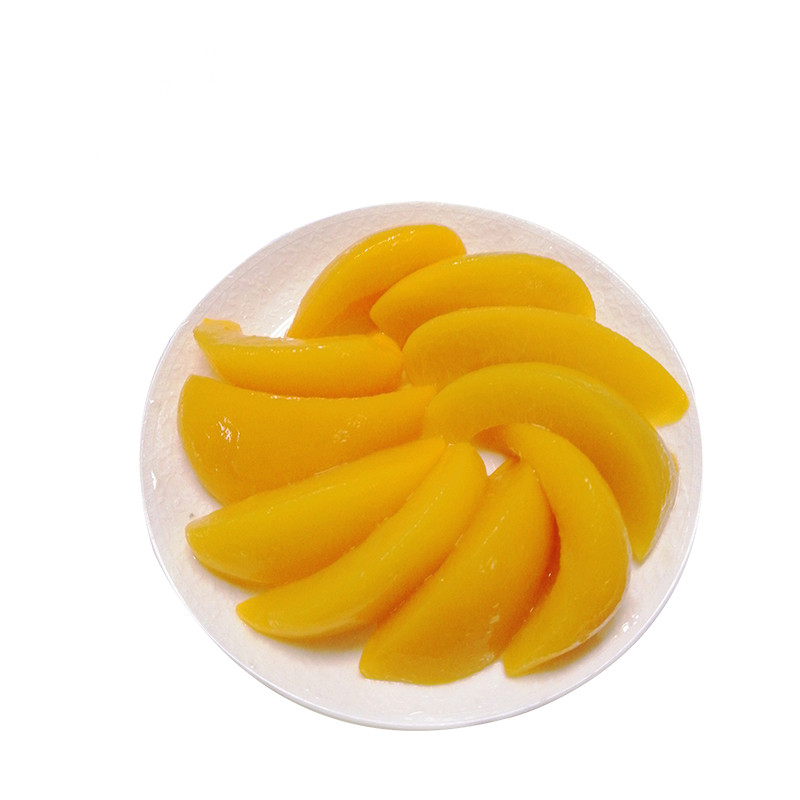Frequently, readers ask Xiaobian about the problem of deficiency in vegetable cultivation. Today, Xiaobian comes to a large summary of vegetable deficiency: nitrogen deficiency, sulfur deficiency, iron deficiency, zinc deficiency, lack of molybdenum, copper deficiency, and manganese deficiency. Take a look at the symptom recognition and prevention measures. How to judge these 7 kinds of deficiency? Nitrogen deficiency Typical performance From the old leaves, it turns green and yellow, and gradually develops upwards; The plant is short and thin, with small and small fruit and light color. Sulfur deficiency Typical performance The leaves of the whole plant are yellowish green, and the veins and mesophyll will lose color; The plant grows slowly, and when it is severe, the old leaves turn yellowish white. Iron deficiency Typical performance First, the young part of the top is chlorotic; The leaf veins are chlorotic and yellow, and the veins are still dark green. Different plants are different, the dicotyledons are net-like patterns, and the monocotyledons are striped patterns; In severe cases, there are necrotic spots and gradually die. Zinc deficiency Typical performance The new leaves first appear grayish green or yellowish white, and the green veins first lose green; Plant internode shortening, short; Blocked leaf growth will grow small leaves. Molybdenum deficiency Typical performance Leaf flagellate caudate, cup or yellow lobes; Plant growth is poor, short. Copper deficiency Typical performance Young leaves are chlorotic, necrotic, deformed or withered leaves; The top is dry, the stem is cracked, and the fruit is small. Manganese deficiency Typical performance First, the green leaves are yellow and yellow; The veins and leaves are still green, and the veins are clearer; What are the effects of these seven elements on crops? 1. Nitrogen is involved in the composition of many organic compounds in plants, such as proteins, chlorophyll, enzymes, vitamins, alkaloids, hormones, and nucleic acids. Nitrogen is called a living element. 2. Sulfur is involved in protein synthesis and metabolism, affecting the formation of chlorophyll, or structural components of many volatile chemicals (such as garlic, onion, mustard, etc.). 3. Iron affects the formation of chlorophyll, promotes the respiration of cells, and affects the formation of sucrose in plants. 4. Zinc plays an important role in the formation and development of reproductive organs. 5. Molybdenum participates in the nitrogen fixation of root nodule (such as legumes). 6. Copper affects symbiotic nitrogen fixation. 7. Manganese promotes seed germination and early growth of seedlings. What causes the crop to lose these seven elements? Generally these 7 kinds of deficiency are not very common in vegetables! If it appears, the reason is probably that the following base fertilizers are not applied well, the management is extensive, and a large amount of NPK fertilizer is used, and no trace or trace element fertilizer is added. How to solve these deficiency symptoms? 1. Methods for prevention and treatment of nitrogen deficiency Apply 7.5-10 kg of urea per acre, or apply 0.5%-1% urea solution to the foliage. 2, sulfur deficiency prevention methods Apply 10 kg of ammonium sulfate per acre, or 20 kg of superphosphate. 3. Iron deficiency prevention and treatment methods Foliar spray of 02%-0.5% ferrous sulfate solution, even spray 2-3 times, each interval 1-10 days, each time spray 50-75 kg of fertilizer per acre. 4, zinc deficiency prevention methods Apply 1 kg of zinc sulfate per acre, or spray 0.1%-0.2% zinc sulphate solution 2-3 times per time, 50-75 kg per mu of spray solution, 0.2% slaked lime when spraying. Adjust the pH of the solution to avoid burning vegetables. 5, molybdenum prevention and treatment methods It can be sprayed 1-2 times with 0.05% to 0.1% ammonium molybdate solution. 6, copper deficiency prevention methods Foliar application of 0.02%-0.04% copper sulfate solution, spraying 50-75 kg of fertilizer solution per acre. 7. Manganese deficiency prevention method Foliar application of 0.05%-0.1% manganese sulfate solution, spraying 50 kg of fertilizer solution per acre.
Canned Peach, peeled and pitted Yellow Clingstone Peaches, in Natural Juice such as Pear juice From Concetrate and white grape juice.
Canned Peach In Juice are natural, delicious and healthy. All fresh Ams Peaches are picked from Fomdas own orchards and approved qualified suppliers' orchards, they are naturally sun-rippened. All the pesticides are provided and managed by professional staffs from Fomdas, we guide farmers on how to use and spray pesticides scientifically.
Every piece of fresh peach is selected on appearance, color and maturity, they are pesticides and heavy metal residual tested before putting into production.
Fomdas canned Yellow Cling Peach with Natural Juice Added is a good source of Vitmains, it is also a good snack for both kids and adults. It is popular to mix Canned Sliced Peaches with yogurt.
With shelf-stable Juice Pack canned yellow peaches, you can enjoy sweet and fresh taste of yellow peaches anytime and anywhere. Canned Peach in Juice, Pear Juice from Concentrate, Fruit Juice, Juice Pack, Natural Juice Added ZHEJIANG FOMDAS FOODS CO., LTD. , https://www.fomdasfoods.com